Six countries in one year
On May 12, exactly a week before the tenth Vyshyvanka Day, the premiere of the first-ever full-length film about Vyshyvanka – “Heritage of the Nation” – took place in the capital’s Kyiv Cinema. The large-scale screening ended with a standing ovation in the audience and positive reviews on social networks. So, let’s see how the authors of the film – director Oleksandr Tkachuk and screenwriter Lesya Voronyuk – managed to captivate the sophisticated Ukrainian audience.
The film, whose slogan is "embroider to survive," is of a documentary nature and is conventionally divided into two parts: an ethnographic part, which tells about the differences in embroidery in different parts of the country (it is worth noting that the authors of the film focused on and traveled specifically to ethnic regions of Ukraine, such as Polissya, Bukovina, and Slobozhanshchyna, and not to each individual region) and a historical part, built on people's unique stories about the fate of embroidery in their lives.
It is difficult to overestimate the amount of material that the film's authors collected. "Heritage of the Nation" was filmed throughout Ukraine, including the territories of the DPR and LPR, as well as in five foreign countries, including Canada, Germany, Italy, the UAE and even Russia (Murmansk, Irkutsk). During the filming, Lesya and Oleksandr discovered more and more interesting facts, some of whom independently "came out" with their own stories. Therefore, the number of business trips and, accordingly, the budget of the film had to be increased, and the release of the documentary had to be moved from March to May. "At first, we didn't even expect that we would film so much interesting stuff," says Lesya Voronyuk, the founder of Vyshyvanka Day and the author of the idea for "Heritage of the Nation." "We planned both a much shorter period and a budget for filming, we planned to film only in Ukraine. And then, when the work had already begun, we began to need a much larger scale. We almost doubled the length of the shoot, revised the film's budget three or four times, and were constantly short of funds. This was due not only to the dollar exchange rate, but also to the fact that there were many additional business trips.
For example, we went to Lviv region twice, although we planned one trip. On the first trip, we filmed the Tulug family, Olga Ilkiv, Roksolana Shemchug, then we found interesting material on the Sokal embroidered shirt. It can be seen in the film trailer. We also had two unplanned trips to Vinnytsia. We did not treat the film as some kind of project in which we have to work out everything to the letter. If we understood that something else was found somewhere, then we went there too. Most of the material, I think 80 percent, or maybe 90 percent, the viewer will hear and see for the first time in their life!
As a result, the total budget of the film amounted to 620 thousand hryvnias. The lion's share of this amount is purely the own funds of the main film crew, which, in addition to Lesya and Sashka, included scientific consultant and ethnographer Oleksiy Dolya, who has been studying embroidery for over thirty years and has actually walked all over Ukraine, studying certain features of embroidery in each region. Several patrons also took part in the creation of the film, but the authors resolutely rejected offers of cooperation from political forces: "They are 'crossing the line' and betraying Ukrainian interests, and we don't want the very idea of this film to suffer."
Embroidery Day as a foundation for a ribbon
One of the factors that contributed to the creation of "Heritage of the Nation" is the increase in the scale and entry into the world arena of Vyshyvanka Day, which was celebrated last year in almost forty countries around the world. Such popularity of the holiday is, of course, good, but the authors of the idea understood that along with this they should direct the people in the right ideological direction, because many people see vyshyvanka as nothing more than a trendy wardrobe item, a photo in which will "cut down" a large number of likes on Instagram. With this film, Lesya Voronyuk and the company aimed to show that vyshyvanka is not only fashion and not even just a sign of self-identification, vyshyvanka is the genetic code of the nation, a symbol that is gaining extraordinary significance, especially in our current conditions. Oleksiy Dolya notes: "Now they can say that this movie is not the right time. Because there is a war and we need to film about the war. But why do we have this war? "Donbas has shown: because we do not know our history. We must work for victory in parallel - at the front and in the rear."
All previous attempts to film and tell something about shirts in Ukraine were much more modest. Of course, there are a sufficient number of television stories and programs (sometimes of rather dubious quality), local programs and research by journalists “on the spot”. But there was, of course, no talk of a full-length documentary until now. On the one hand, this fact gave the authors of the film a stream for maneuverability, but at the same time, forced them to create a formula that would interest everyone – no matter whether you are a fan of vyshyvanka or a “hater”. Showing the ethno-regional diversity of clothing, different types of embroidery and cut is not enough for a limited circle of people. But when all this is supported by interesting stories of no less interesting people – it is a completely different matter. It is these stories, collected in different parts of the world, that have sunk into the souls of those who have already managed to see the film in the first days after its release. “To say that I am impressed is an understatement. A documentary collection with real stories of Ukrainians about their relatives, about their lives, about their choices. I held back tears almost the entire movie. I felt goosebumps on my skin from every story: starting from where the grandson found his grandfather's embroidery in the garage, ending with how the mother sent a parcel with an embroidery to her daughters from occupied Donetsk... This is a very cool movie," viewer Daryna shares her impressions on the social network.
"Show that we are Ukrainians here!"
The story of the Halaburd family deserves special mention. After World War II, a boy and a girl, both about fourteen years old, were taken to German camps. They met in Germany, fell in love, and got married. They had four daughters who now live in different countries (some in Belgium, some in Australia, and some remained in Germany). They all know the Ukrainian language, embroider, and are active public figures and defenders of Ukraine in the world. “This story is very indicative for modern Ukrainians,” says Lesya Voronyuk in the “Information Morning” program on “Pyatoy,” “who live in our country and for some reason cannot learn the Ukrainian language or are very poorly oriented in Ukrainian history and culture.”
It so happened historically that not every Ukrainian region is “favorable” for wearing vyshyvanka. “In the east, any vyshyvanka is good,” says O. Dolya. “Ten years ago, in Luhansk region, people wearing vyshyvanka were told: “We will take you to show us in checkered shirts.” In Crimea, people are now being arrested for wearing vyshyvanka with any ornament.” “The Heritage of the Nation” contains occasional illustrations that show that there are people with a clear conscience and patriotism in their souls in eastern Ukraine. The authors of the idea decided to film the occupied territories after visiting an ethnographic museum with vyshyvanka in the town of Svatovo, twenty kilometers from the Russian border. “These were Ukrainian shirts, with Ukrainian cuts, without any hints of Belarus or any other country or ethnicity. And it is by culture that you can determine who lived in that territory,” says Lesya. Oleksandr adds: "We recorded an interview with a museum employee. A young, beautiful woman. I just put the equipment together - she says: 'Show us that we are Ukrainians here. That we speak Ukrainian and wear our own, even at the border.'"
In Western Ukraine, other stories are no less poignant and revealing. For example, the film tells the story of Olga Ilkiv, a liaison to the UPA leader Roman Shukhevych, who was sent into eleven-year exile. There she secretly embroidered, using fish bones as the material for the needle. In Bukovina, during the Holodomor, shirts could be exchanged for food, and Lviv residents, before being exiled to Siberia, hid their embroidered shirts in a chest and buried them somewhere near the yard. Already during the independence era, their children or grandchildren dug them up. And there are many such stories. As actress Nastya Fedchenko said after watching it, this is a film that makes you cry, rejoice, laugh, admire, and be proud.
In the coming days, the film will be shown in the Czech Republic, and later in Canada, the USA, France and Germany. "The Heritage of a Nation" is a must-see for everyone, regardless of political or other beliefs. Such films create the history of our state, and those who do not know their history, as is known, have no future.
Author: Maksym Timchenko.

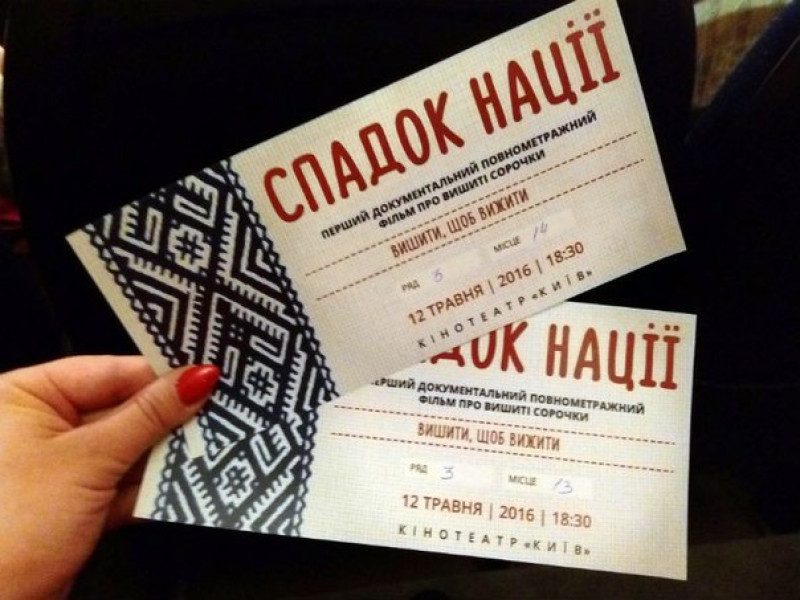
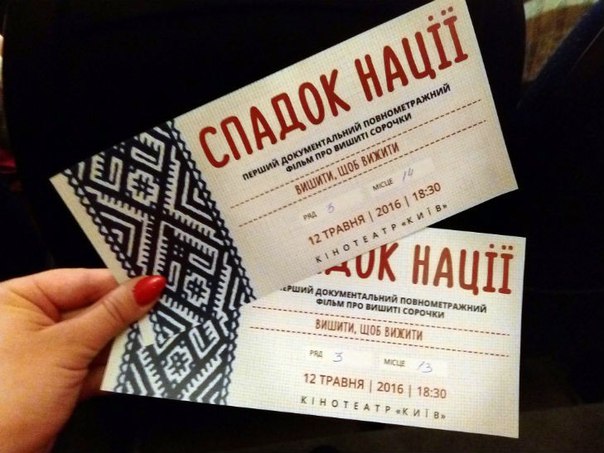
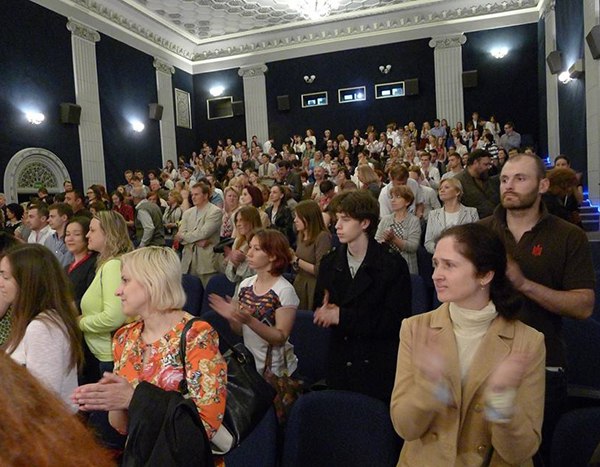

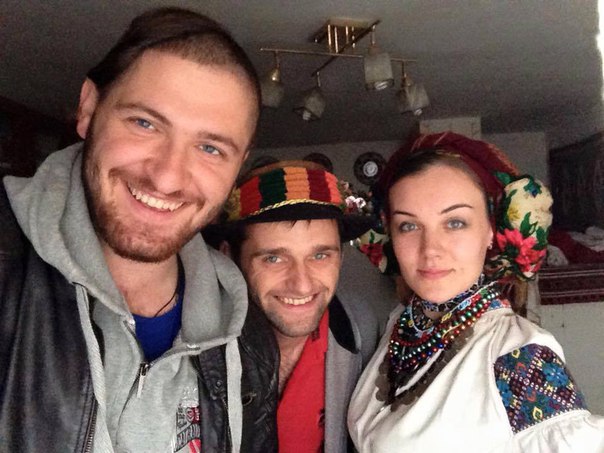
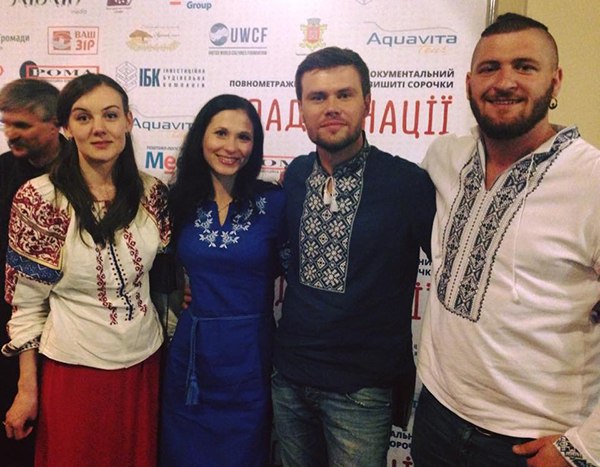
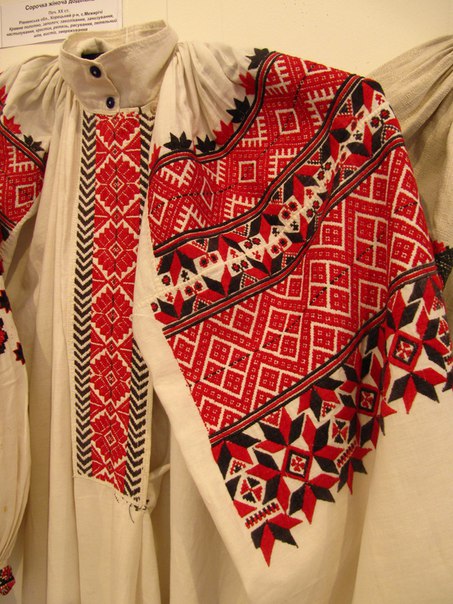
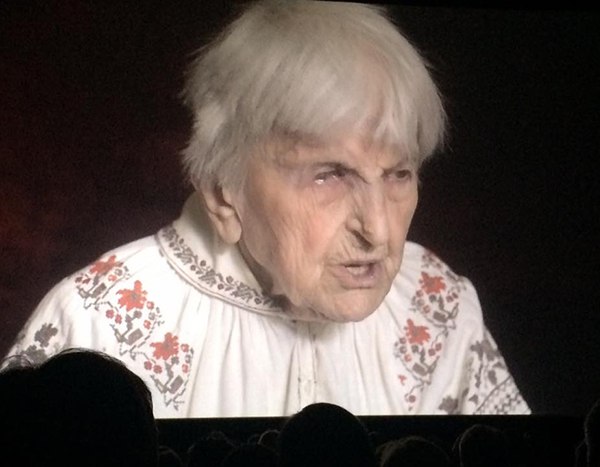
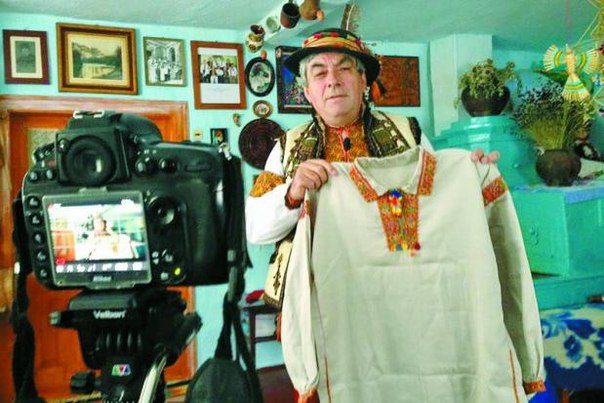
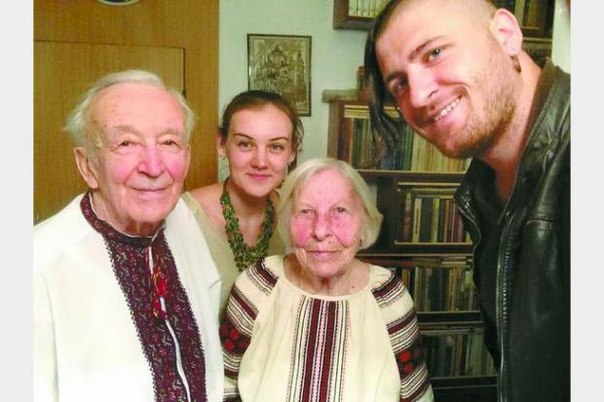
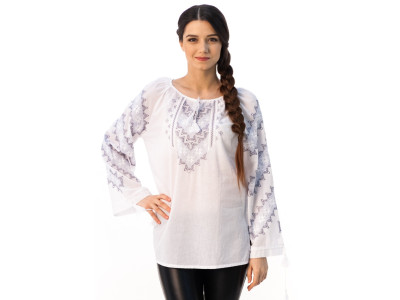
Write a comment